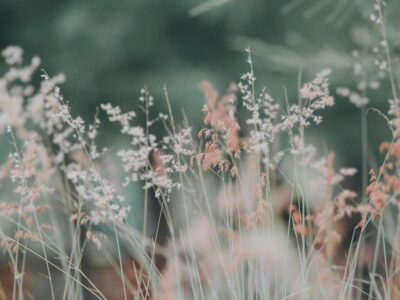Hey there, gardening enthusiasts! It’s John Bohonyi, your friendly landscape design professional, here to share an exciting trend that’s taking the gardening world by storm in 2023: the resurgence of native plants. As a nature lover and avid gardener myself, I can’t wait to dive into this topic and show you how incorporating native plants into your garden can create a stunning and sustainable outdoor space.
Why Native Plants?
Native plants are the superheroes of the gardening world. They are species that naturally occur in a particular region, adapted to the local climate, soil conditions, and wildlife. These plants have coexisted with local ecosystems for centuries, playing a vital role in supporting biodiversity and maintaining ecological balance.
Benefits of Native Plants:
Low Maintenance
Native plants are adapted to the local environment, requiring less water, fertilizer, and pest control. Once established, they can thrive with minimal effort, saving you time and energy.
Wildlife Habitat
By choosing native plants, you’re providing essential food and shelter for local wildlife, including birds, butterflies, and beneficial insects. It’s a win-win situation where your garden becomes a haven for these creatures, enhancing the overall biodiversity of your surroundings.
Water Conservation
Native plants have evolved to be drought-tolerant, reducing the need for excessive watering. With water scarcity becoming a growing concern, incorporating native plants into your garden is a responsible choice that helps conserve this precious resource.
Resilience and Adaptability
Native plants are naturally resilient to the local climate, diseases, and pests. They are better equipped to withstand extreme weather conditions, making them a smart choice for creating a sustainable garden that can withstand the test of time.
How To Incorporate Native Plants Into Your Garden in 2023
Now that we understand the importance of native plants, let’s explore some ways to incorporate them into your garden:
Research Local Native Species
Start by researching the native plants that thrive in your specific region. Look for information on their growth habits, light and soil requirements, and potential uses in your landscape.
Design with Diversity
Create a diverse and visually appealing garden by combining different native plants. Consider their varying heights, colors, and bloom times to ensure year-round interest.
Attract Wildlife
Choose plants that provide food and shelter for local wildlife. Native trees, shrubs, and wildflowers that produce berries, nectar, or seeds are excellent options for attracting birds, bees, and butterflies.
Consider Native Groundcovers
Replace traditional turf grass with native groundcovers like creeping phlox, wild strawberry, or Virginia creeper. They add texture, reduce maintenance, and provide habitat for ground-dwelling creatures.
Conclusion: The Native Plant Gardening Trend
Incorporating native plants into your garden not only adds beauty but also contributes to the well-being of your local environment. By embracing this natural garden trend, you’re making a positive impact on wildlife, conserving water, and creating a sustainable outdoor space for generations to come.
So, let’s embrace the return of native plants in 2023 and create gardens that harmonize with nature. Together, we can make a difference and celebrate the beauty of our local ecosystems. Happy gardening!
Remember to consult with a local gardening expert or nursery to ensure you choose the right native plants for your specific area.
Connect with me on my website or social media channels for more landscaping tips and inspiration. Until next time, keep blooming!


 Green Gardens: Embracing Sustainable Landscaping in 2023
Green Gardens: Embracing Sustainable Landscaping in 2023
Leave a Reply
You must be logged in to post a comment.